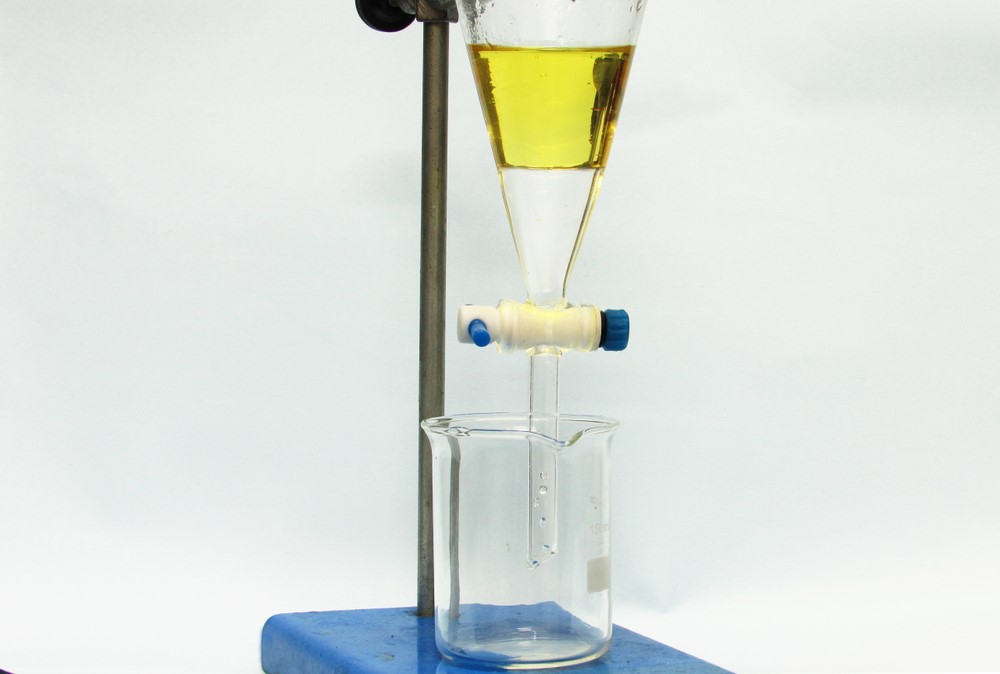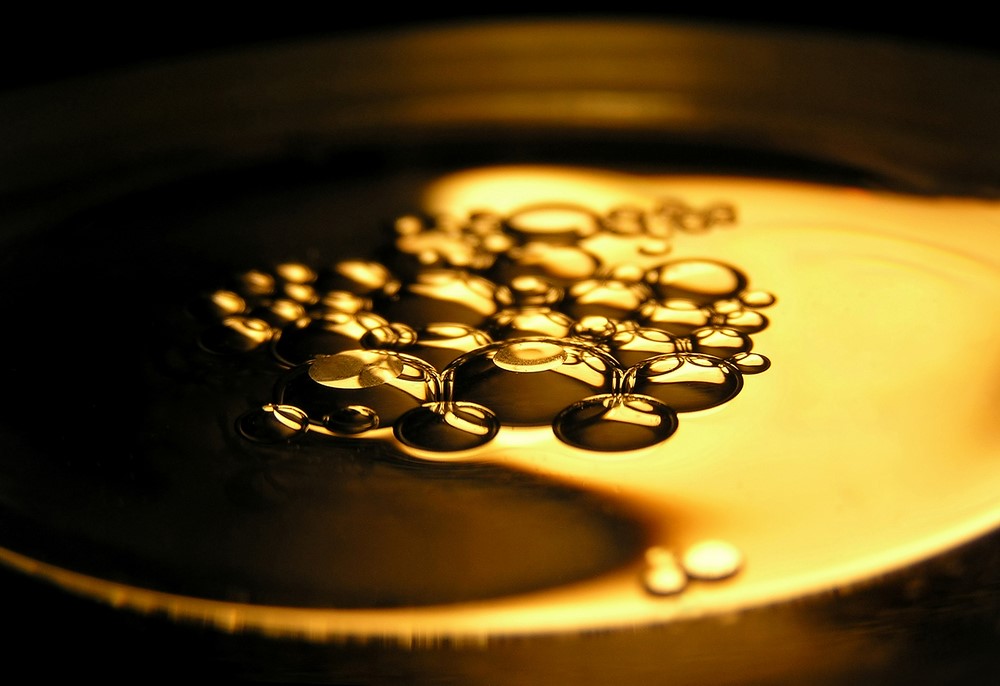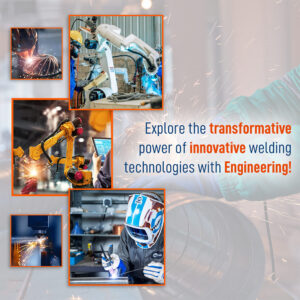
In the field of B.Tech mechanical engineering, a fascinating process is crucial in various industries: oil-water separation. This process, often taken for granted, involves intricate scientific principles that underpin its efficiency and significance.
This blog will explore the science behind oil-water separation, highlighting its importance and applications in B.Tech mechanical engineering.

Understanding Oil-Water Separation
Though seemingly incompatible, oil and water often coexist in industrial processes. The challenge lies in efficiently separating these two immiscible liquids to ensure environmental compliance, efficient machinery operation, and optimal product quality.
At its core, oil-water separation relies on the differences in density, viscosity, and surface tension between the two liquids. Engineers leverage these properties to design separation techniques that capitalise on the unique behaviours exhibited by oil and water.
Principles at Play
Students quickly become acquainted with oil-water separation principles. Gravity is harnessed through techniques like gravity settling and hydrocyclone separation. These methods exploit the density disparity between oil and water, allowing them to segregate naturally.
Moreover, coalescence and flotation contribute to separation processes. Coalescence involves merging droplets of one liquid suspended in another, forming larger entities that are easier to separate. Conversely, flotation exploits variations in surface affinities, compelling either oil or water to adhere to bubbles, thus facilitating separation.

Applications in B.Tech Mechanical Engineering
From automotive manufacturing and metal processing to wastewater treatment and offshore oil production, mastering effective separation techniques is indispensable.
Students knowledgeable about oil-water separation are well-prepared to tackle challenges in equipment design, process optimisation, and environmental sustainability across these industries.
Innovation and Future Trends
As technology evolves, so do the methods used in oil-water separation. Advanced techniques like membrane filtration and electrocoagulation are gaining traction. These methods offer enhanced efficiency, reduced environmental impact, and broader applicability, further underscoring the evolving nature of this field.
In conclusion, the science behind oil-water separation is a testament to the intricate harmony between scientific principles and real-world applications. As students delve into the complexities of density, viscosity, and surface tension, they unlock the potential to revolutionise industries and contribute to a more sustainable future. With a solid understanding of oil-water separation, graduates are poised to make remarkable strides in engineering innovation.

OmDayal Group of Institutions: Embracing Excellence in Education
In 2010, the OmDayal Group of Institutions was established to realise the potential of aspiring architects and engineers. Celebrated for its exceptional engineering and architecture programmes aligned with MAKAUT (Maulana Abul Kalam Azad University of Technology), this institution has etched its mark on education.
With NAAC recognition and the approval of AICTE and COA, the OmDayal Group of Institutions unfolds a comprehensive academic expedition. With an experienced faculty and a nurturing academic environment, it forges the path for imminent triumphs.
Our B.Tech mechanical engineering students are involved in exciting project topics, including ‘The extraction of oil from the surface of water’. As they delve into the complexities of density, viscosity, and surface tension during engaging projects, they grasp the theoretical underpinnings and gain hands-on experience. It empowers them to unlock the potential to revolutionise industries and contribute to a more sustainable future.
For more information, visit https://omdayal.com.
References:





